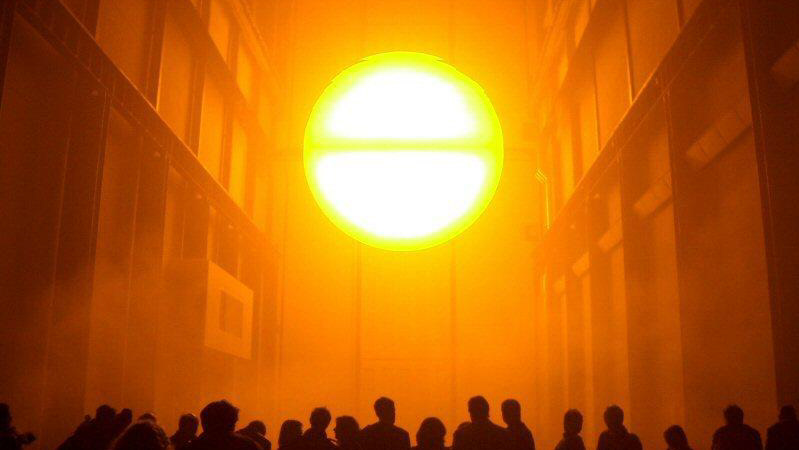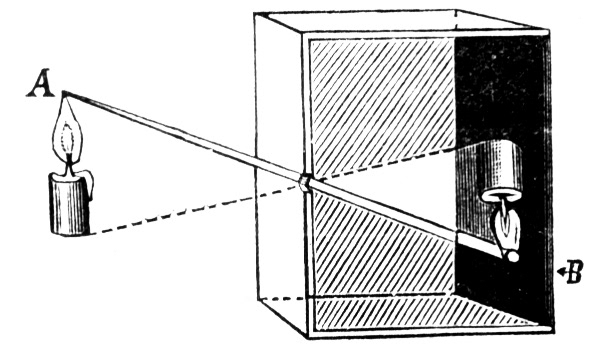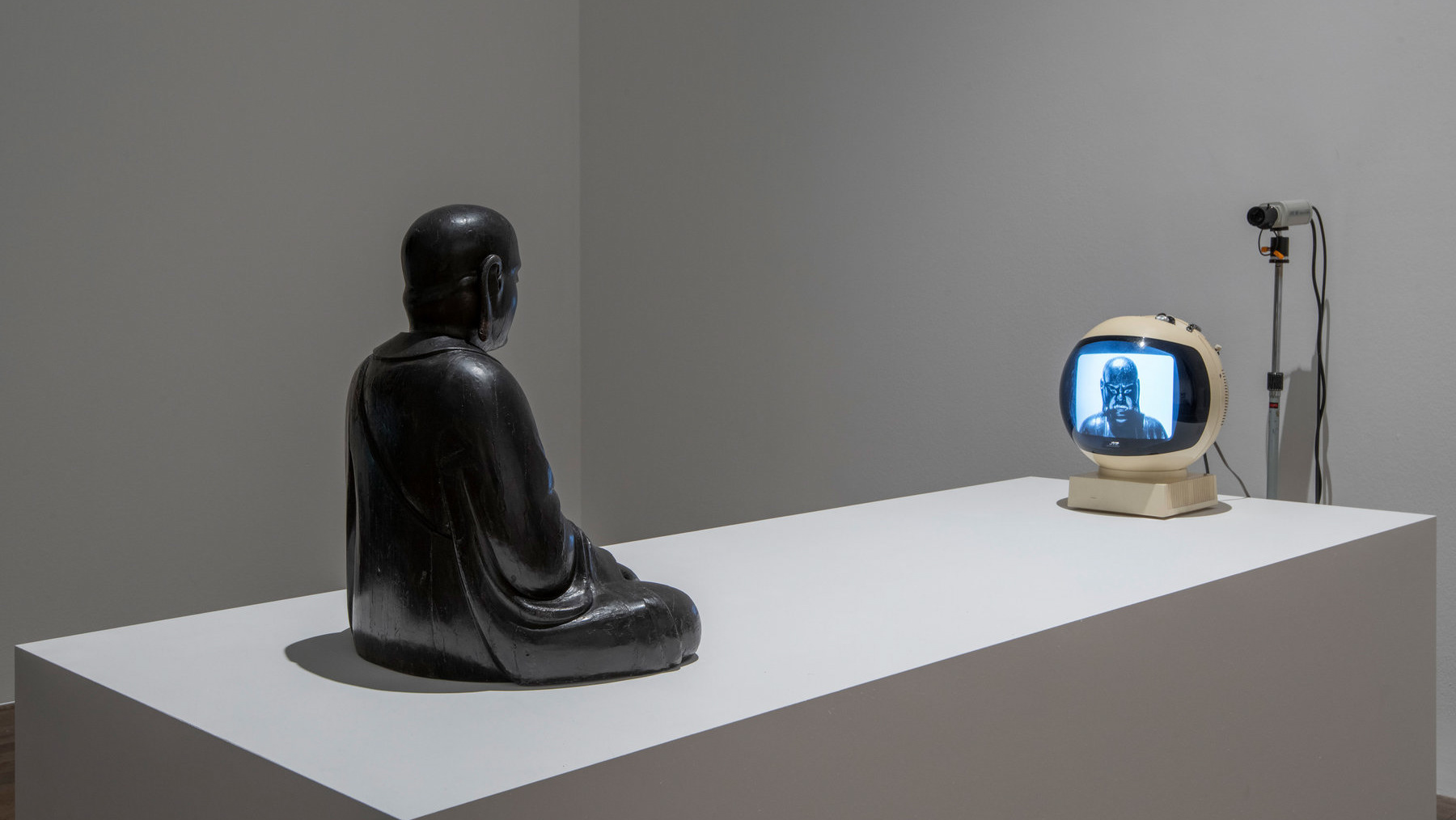I want to explore the iconic figure born from the sea wave and washed ashore. In the film "At Land," portraying herself as someone not fitting into the world and bewildered by it, the artist Maya Deren. She is a pioneer of American avant-garde cinema and one of the first female directors significantly expanding the boundaries of independent cinema.
Born in Kiev in 1917 as Eleonora Derenkowska, she fled Russia in 1922 with her parents to escape the mass persecution of Jews. In New York, her parents changed their last name to Deren. Upon arriving in the U.S.A., the artist adopted the name Maya, which means illusion in Buddhism. She authored books such as "An Anagram of Ideas on Art, Form, and Film" in 1946 and "Divine Horsemen: The Living Gods of Haiti" in 1953, considered one of the greatest works in cultural anthropology.
Maya's works are undoubtedly immersed in anthropology and psychoanalysis, full of magic that liberates rather than creates illusions. She was intrigued by the subconscious, human experiences, and beliefs. Deren's rich interests in psychology, magic, dance, surrealism, and occultism are easily observed in her work.
Allegory is a crucial element in Deren's work. Film, in particular, freed the artist from translating her thoughts into verbal form. Maya admitted that language alone was insufficient for her. The characters in her films are archetypes, possessing multiple meanings. Maya herself in her films takes on roles like goddess, witch, puppet, widow, sea-born creature, or guardian. The heroines in her films adopt mythical positions, portraying symbols such as a key in the mouth or a flower. The male figure also becomes a symbol, representing order and everyday life. Therefore, escaping from him can be understood symbolically as a departure from the values he represents. Escape itself becomes synonymous with the search for identity and self-expression. Movement, on the other hand, is a symbol of life, and its opposite symbolizes death.
Her debut film with Alexander Hammid, "Meshes of the Afternoon" from 1943, is characterized by the intertwining of time. The way it presents the navigation between the future, past, and present is intriguing. According to the artist, time in her films is consistently related to women. In Martina Kudlacek's film about Maya Deren, she declares that women's lives are based on waiting, while men function in the present and live in the moment. Therefore, the essence of work lies in the entire process, not just its fragments. She emphasizes the importance of passing images and everything that happens in her cinema. This assertion is well argued in "Meshes of the Afternoon."
The interweaving of time creates uncertainty about whether the death of a character is ultimately an illusion. Time and images also intertwine in the film "Witch's Cradle" from 1944. Nothing is obvious in it. The experiences of Pajority Matty and Marcel Duchamp may be happening simultaneously, perhaps because the broken threads and recurring images deny a constant time.
The Trilogy of "Ritual," "At Land," and "Meshes of the Afternoon" is full of cinematic ceremonies and rituals. Playing the role of a traveler through the illusionary reality, the protagonist questions social norms. The artist skillfully found herself among different cultures. In "Ritual," presentations of incomprehensible social relations can be observed at a banquet scene. In the film "At Land," the moment of escape is characterized by the rhythm of movements. However, the scene from "At Land," where the heroine is on the beach, climbs onto a branch, and reaches a table where the cream of society is seated, is particularly significant. Moving along the table, Deren looks with astonishment at the contorted faces, and when she finally notices a man playing chess, despite his departure, the pieces on the board continue the game autonomously, as if magically. When one of them falls, the protagonist returns to the initial beach.
It is worth noting that all the movements appearing in the trilogy take the form of a ritual. The spaces themselves acquire multiple meanings, becoming magical spaces that intersect with each other, as well as time itself. Time is also, in a sense, mystical. In the film by Martina Kudlacek, Deren talks about life without a beginning and end, emphasizing that it is a process for her. The principles on which the artist's films operate undoubtedly reflect her worldview. Contrary to the regular time schemes, the circular scenes and motifs collected in the entire material seem more like dreams.
In Deren's cinema, the escape from stagnation is through ritual, magic, and illusion. They allow us to loop time. Dance is another form of escape from the norm in her films. In her films, death can be bypassed. The subjective image in Maya's work allows us to delve into her visions and dreams. It is a journey through her internal feelings, experiences, and emotions, reducing to self-reflection. In the open space, the artist realizes her expressions, which are a journey to freedom. The sea was also highly significant in her life and work. Her bedroom, full of shells and corals, resembled an underwater world. Her marine fantasies are intertwined with her exploratory role. The incredibly sensitive artist, in her search, creates a mature concept of film as an experience that generates change. Her psychoanalysis mixes with legends and beliefs. The artist uses her own language code and signs.
The film itself could be described as a ritualistic form, undoubtedly drawing from Deren's ethnographic studies on possession rituals. Cinema becomes a tool that stimulates emotions and disrupts perception. The ritual of repetitions, intervals, and rhythms, both in sounds, movements, light, and changing film frames, creates a state analogous to hypnosis. The artist perceives the ritual as a universal area. Dance, which is often part of the ritual, is characterized by this universality. The ritual is associated with the liberation of the individual and the state of collective experience. The trance state induced by dance allows the deity to unite with the individual. In her 1942 article "Religious Possession in Dance," Deren emphasizes the essential role of ritual as a form of expression in religious ceremonies, arguing how crucial it is socially. Dance is also defined as "body meditation." The artist undoubtedly perceives movement poetically. In the film "Study in Choreography for Camera," the dancer moves freely through spaces, breaking away from schematic norms. This filmic gesture made dance transcend beyond surface and specific places; it became an act of expression unrestricted by space and location.
The next images depict a dancing couple and a man with three women. Their movements can be perceived as ritualistic. The women undergo a transformation of identity. Maya escapes to the sea, and Rita sinks into it. When the image turns negative, the widow becomes a bride. There is also a shot of an immobile man assuming a pose resembling a statue. Through film techniques, Deren portrays the spiritual transformation that occurs in a woman. The man, in this instance, is static, like the previously described symbol of the present. Motifs of mirrors, water, or double identity are present throughout the discussed film trilogy, which is particularly significant in terms of duality and fluidity of movement. All these films are a kind of metaphysical essence of emotionality.
In the films "The Very Eye of Night" from 1958 and "Ensemble for Somnambulists" from 1951, we observe dancers against the backdrop of a model of a starry sky. They are students of a ballet school at the Metropolitan Opera, presenting ballet choreography by Anthony Tudor inspired by the movements of celestial bodies. The entire film is presented in the negative, giving it plasticity and creating the illusion of dancers flowing in the sky. Another ritual takes place here, in which human bodies pay homage, and the final sounds of cymbals harmonize with the movement.
In "Meditation on Violence" from 1948, Deren shows how every gesture of Chao Li Chi is intentional. Each subsequent one smoothly follows the previous. The observation of Woo Tang is like a celebration. The camera movement adds fluidity to this staging, once again putting us in a trance, while maintaining a circular pattern. The movement in the film gives the impression of being endless. I would describe the overall effect as a ritual dance between the camera and the performer.
Although Deren's work is still relatively less popular compared to its actual significance, the artist is undoubtedly a key figure in American avant-garde. The solutions she employed can be found today in many video works. Despite her relatively small artistic output, she paved new paths in film art, inspiring a unique combination of magic and technology. Maya Deren passed away in New York due to a brain hemorrhage, caused by alcohol abuse and the prescription of amphetamines by her doctor. In 1986, the American Film Institute established the Maya Deren Award, given to independent films and video art.
Bibliography
1. https://pl.wikipedia.org/wiki/Maya_Deren#Wybrane_publikacje_autorstwa_Mai_Deren
2. M. Radkiewicz, Maya Deren – prekursorska amerykańskiej awangardy filmowej, [w:]
Historie filmu awangardowego. Od dadaizmu do postinternetu, red. Ł. Ronduda i G.
Sitek, 2020
3. J. Noble, Maya Deren: The Magical Woman as Filmmaker, https://
framescinemajournal.com/article/maya-deren-the-magical-woman-as-filmmaker/
4. M. Kudláček, W zwierciadle Mai Deren, 2001
5. M. Deren, An Anagram of Ideas on Art, Form and Film, [w:] Maya Deren and the
American Avant-Garde



